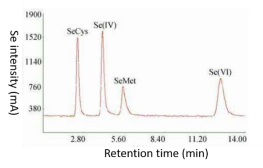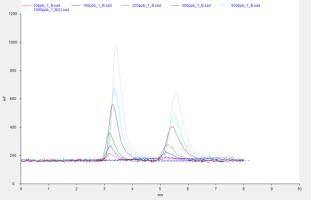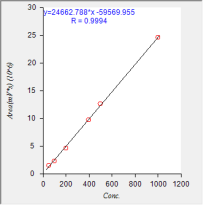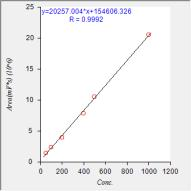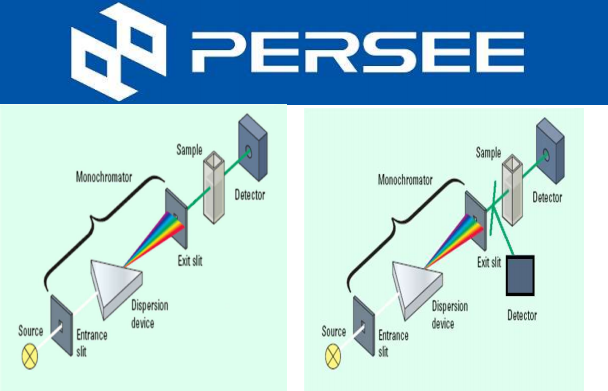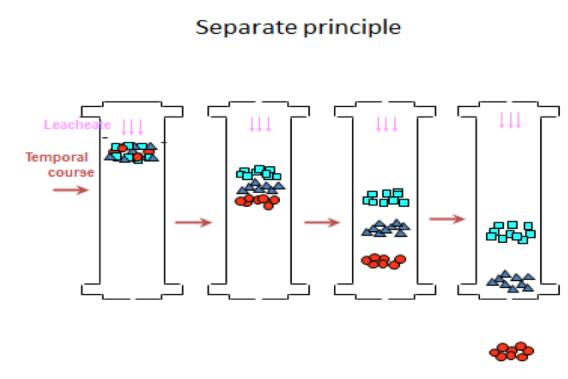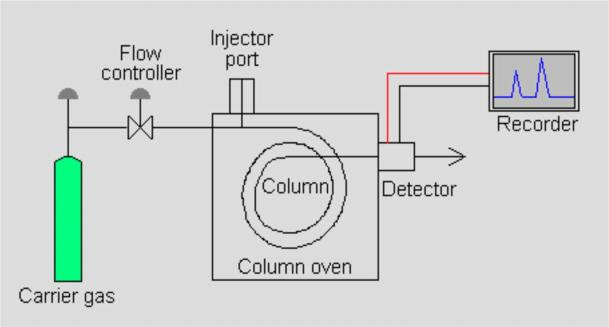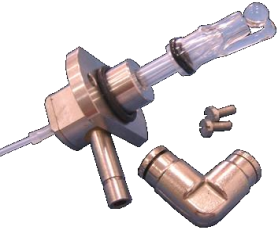Principle
The Selenium in rice samples are extracted with Pronase E in ultrasonic. Then, different species of Se are separated by PERSEE Speciation accessory and the mobile phase is (NH4)2 HPO4 at 5 mmol/L (pH 6.0). Column used in speciation is anion exchange column. The detector used is PERSEE PF7 hydride generation atomic spectrophotometer.
Reagents and Equipment
Instrument and tools:
1. PERSEE PF7 Heavy metal analyzer, with Selenium hollow cathode lamp, AS4 auto sampler, 29619 speciation system with isocratic pump
2. High speed centrifugal;
3. Ultrasonic;
4. Coffee grinder
5. 0.850 mm aperture sieve
6. 0.22 um aqueous filter membrane
7. Argon gas supply (purity of 99.99%)
Reagent and Chemicals:
1. Potassium hydroxide (KOH)
2. Hydrochloric acid (HCl)
3. Potassium borohydride (KBH4)
4. Potassium iodide (KI)
5. (NH4)2 HPO4 (analytical grade)
6. Deionized water
7. Mobile phase: 5 mmol (NH4)2 HPO4 Add 0.33 g (NH4)2 HPO4 and 150 uL formic acid into 500 mL deionized water.
Standard substances:
Se (IV) standard solution, Se (VI) standard solution, selenomethionine (SeMet) standard solution, selenocysteine (SeCys) standard solution
Experimental procedures
1. Extraction
Smash rice samples and pass them through 0.850 mm aperture sieve. Accurately weigh 0.100 g sample in 25-ml centrifuge tube. Dissolve 10 mg of Pronase E into 3 mL deionized water and add the solution into the tube.
Then, ultrasonicate tube at 37C for 30 min. Then, set tube cool until ambient. Centrifuge tube at 10000 r/min for 20 min. Afterwards, filter supernatant through 0.22 um aqueous filter membrane. Make solution blank with same method.
2. Testing
Mixed standard testing solution making: dilute and mix Se (IV) , Se (VI) , SeMet, SeMet standard samples to get 1 mg/L (of Se (IV) , Se (VI) , SeCys, SeMet concentrations) mixed standard solution (store it at 4C). Then, dilute it with mobile phase to
concentrations of: 5.0, 25.0, 50.0, 75.0, 100.0 ng/mL (or other concentrations appropriate) gradually and prepare these freshly. Inject them and perform the tests as in [instrumental analysis]. A reference sequence of appearance of the four peaks is below:
Figure 1 Reference appearance sequence of different species of Se on Chromatogram.
3. Results and calculation
Qualitative:
Switch on machine and set it according to the parameters in table below (instrumental parameters). After the machine is stable, make the calibration curve using those mixed standard solutions prepared. Check the retention time for all the peaks.
Quantitative:
Inject 100 uL sample testing solution, and use software to capture peaks at those retention times above. Quantify Se concentration using ESTD method using peak area. Calculate species of Se concentration in samples using the formula below:
In which:
X-The content of the substance to be measured in the sample, mg/kg
C-The concentration of inorganic selenium in the testing solution, ng/L
m-sample weigh taken, g
V-volume of testing solution, mL
F-dilution times
Instrumental parameters
[review of the results]
Here’s some of the results we get:
Figure 2 Selenium speciation chromatogram, from left to right:
SeCys and SeMet.
Figure 3 Calibration curve of SeCys (concentration in ppb level)
Figure 4 Calibration curve of SeMet (concentration in ppb level)

